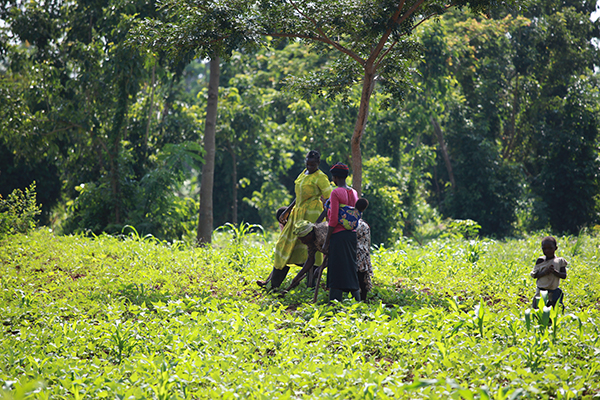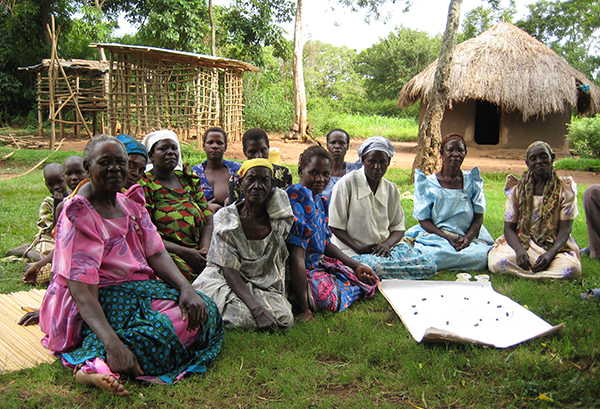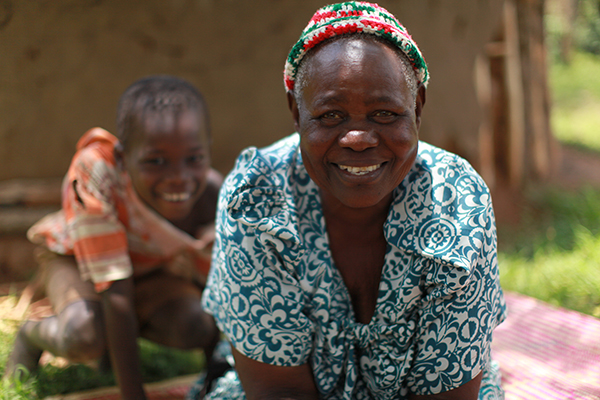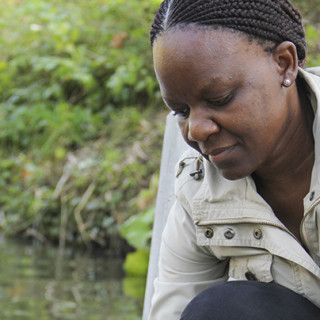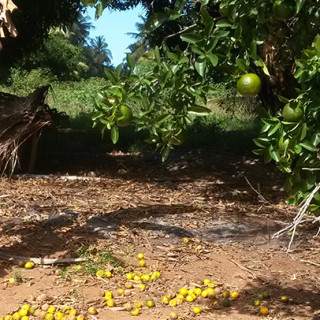Collective responsibility in rural Africa
To respond to the increasing social and economic vulnerability, smallholder farmers in East Africa have started more long term collaborations. The formation of local collaborative groups strengthens both the individual and the collective capacity to address challenges and improve living conditions, as demonstrated by Lund researchers Elina Andersson and Sara Gabrielsson in a comprehensive study.
The living conditions of smallholder farmers in East Africa have deteriorated as a result of environmental change, lack of support for rural development, and social and economic vulnerability. One of the clearest manifestations of these negative changes is the gradual reduction of harvests.
In many cases, the changes result in an intensified use of already limited resources, especially land and labour. For people already living on the margins, and under conditions where vulnerability is already high, in the form of health problems, unstable markets and limited opportunities to sustain their livelihood outside agriculture, this means that their ability to handle crises deteriorates. Climate change is expected to further increase the vulnerability of these communities.
Elina Andersson and Sara Gabrielsson, researchers at LUCSUS in Lund, have both taken an interest in finding out how people handle this increased vulnerability – what do they do to face these ongoing changes?
“Our research indicates that, in recent years, collaboration through farmers’ groups at the village level has become an increasingly important strategy for smallholder farmers to cope with deteriorating living conditions”, says Elina Andersson.
“Primarily womenstart and organise themselves in this type of new groups.”
When interviewing and discussing with about three hundred smallholder farmers in Kenya and Uganda in 2008–2011, they found that the farmers’ groups appeared to be enabling new forms of collaboration. Previously, collaborative work was primarily conducted in connection with specific agricultural tasks, such as land preparation and grinding, and then in exchange for payment. In today’s groups the collaboration is ongoing and well organised, and the groups are engaged in a wide range of activities.
“Primarily women (often widows and divorcees) start and organise themselves in this type of new groups, usually consisting of 25–35 members”, says Elina Andersson. “As a group, they can in difficult times benefit from their combined resources as well as their opportunities to plan their finances”.
One of the function of the farmers’ groups is to offer joint opportunities for the saving and lending of money. Even though the amounts are small, this enables members to better cope with sudden expenses and emergencies without having to sell their livestock and other household resources. The system creates opportunities for more long term planning and investments in agriculture or improved sanitation. The savings also enable joint purchasing or renting of land to be used collectively.
A group will often generate new ideas that are further developed into new activities. In many cases, group activities have also evolved into new income opportunities alongside their individual farming operations, in the form of the sale of handicrafts, goat farming, small-scale processing of agricultural products, catering, etc.
“By focusing on human creativity and how they plan their activities, our study challenges the image of the smallholder farmers as passive victims of negative changes and miserable conditions”, says Elina Andersson, and continues:
“However, it is also important to emphasise that the local level organisation is not in any way a miracle solution to the difficult challenges that African smallholder farmers often struggle with. The problems and injustices are often structural and require action on many levels”.
Text: Pia Romare
Photo: Elina Andersson
Facts
-
What are the functions of the farmers’ groups?
-
The farmers’ groups have several other important functions, apart from offering joint saving and lending opportunities. The groups, for instance:
- organise rotating work schedules where members help each other with work on their respective farms,
- act as important platforms for the sharing of knowledge and learning,
- play important roles in disseminating new knowledge and proven technologies also among non-members, and can thus contribute to positive change in the villages,
- serve as a source of support and solidarity, and play an important part in empowering women in particular, who usually have the heaviest work load, both in the home and on the farm, while their access to and control over the resources are often very limited.
-
LUCSUS
-
Lund University Centre for Sustainability Studies


